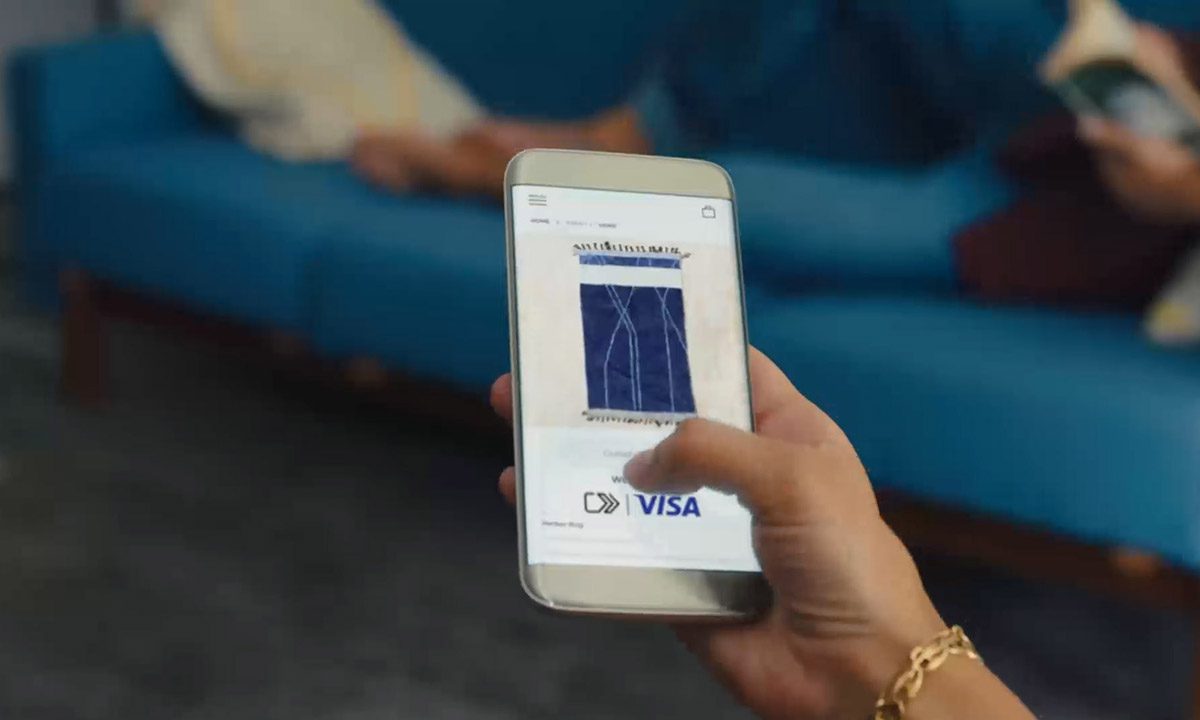Whether it’s surging eCommerce transactions, a rebound in face-to-face interactions or a pop in touchless purchases, global payments giant Visa got a bit of bump from pretty much all of its last quarter.
This as Visa’s fiscal third-quarter results, like many other companies that have reported so far this earnings season, show a snapback in consumer and business spending.
And, perhaps, no surprise, there was some discussion of cryptocurrencies in the mix.
The company said that net revenues surged 27 percent year over year to $6.1 billion, better than the $5.8 billion expected. Adjusted earnings of $1.49 were better than $1.38 in consensus.
Double-Digit Rebound in Cross-Border
Advertisement: Scroll to Continue
Payments volume grew 34 percent to $2.7 trillion (as measured in constant dollars). Breaking that down a bit, the company said that overall credit payments volume was $1.2 trillion, up 31 percent in constant dollar terms. Debit payments volume, at $1.4 trillion, was 37 percent higher than last year.
During the call with analysts, CEO Al Kelly said that cash displacement trends continued and said that debit spending is about 140 percent of pre-pandemic levels, and credit is rebounding, up slightly above pre-pandemic levels.
“Debit is the engine of cash digitization,” he told analysts.
Card present transactions, he said, were up 10 points over 2019, and card not present improved one point over 2019’s levels, excluding travel.
“Travel is starting to recover both domestically and cross border,” he said. Domestic travel spending improved more than 20 points domestically, as measured in the fiscal third quarter versus the second quarter, and exited June at 50 percent of 2019’s levels.
Cross-border volumes, excluding intra-Europe volume, was up 53 percent.
Processed transactions grew by 39 percent to 42.6 billion transactions.
“Tap to pay is a key accelerators for many of these trends,” he said, and many countries around the globe are increasing their transaction limits. In Brazil, tap to pay transactions have doubled from 6 percent to 14 percent. In the U.S., tap to pay enabled cards are more than 370 million cards.
He noted, too, that the firm is working with more than 50 crypto exchanges, up from 35 at the beginning of the year, and facilitated more than $1 billion in payments volume year to date. And B2B Connect, management said on the call, is seeing traction building out the cross-border activity without having to build out a correspondent banking network.
Total cards out in the field, so to speak, stood at 3.6 billion, up 6 percent year on year.
Credit cards stood at 1.1 billion, up 1 percent year on year, and debit cards were 2.5 billion, gaining 8 percent in the latest period vs. 2020’s levels.
Chief Financial Officer Vasant Prabhu said that spending in the AMEA region remains strong, up 48 percent over 2019’s levels and similar gains were seen in LatAm. During his own commentary, he said that cross-border volumes were driven in part by cryptocurrency purchases (which Kelly termed a new growth engine).

